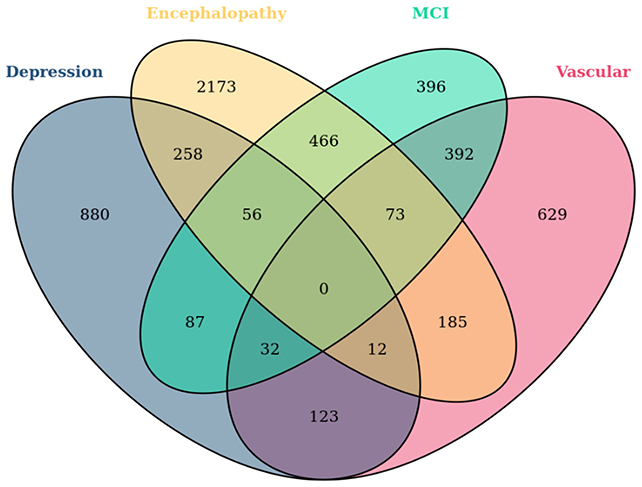There is no cure for Alzheimer’s disease yet, but detecting it early can make a big difference. It gives scientists a better chance to study it in depth and gives patients and families more time to plan and get support.
Now, US researchers have uncovered four telltale medical sequences that appear to predict the onset of the progressive neurological disorder.
In the large new study, scientists analyzed health records from 24,473 people diagnosed with Alzheimer’s, searching for patterns that typically led up to their diagnosis – and crucially, how different factors combined in sequence.
“We found that multi-step trajectories can indicate greater risk factors for Alzheimer’s disease than single conditions,” says Mingzhou Fu, a bioinformatician at the University of California, Los Angeles (UCLA).
“Understanding these pathways could fundamentally change how we approach early detection and prevention.”
Related: Scientists Find 2 Existing Drugs Can Reverse Alzheimer’s Brain Damage in Mice
Four “trajectory clusters” were identified by the team, which are essentially different routes to Alzheimer’s, like step-by-step directions towards a destination on a map.
Analysis of an independent dataset from across the US found people who follow one of these trajectories tend to have a significantly higher risk of Alzheimer’s.
The four clusters were mental health (psychiatric conditions), encephalopathy (brain dysfunctions that gradually get worse), mild cognitive impairment (declining mental dexterity), and vascular disease (heart and blood conditions).

The researchers used an algorithmic approach called dynamic time warping to standardize the duration and sequence of health issues across these thousands of database records, and find patterns that matched up between patients.
In the mental health cluster, for example, anxiety often came first, followed by depression, which often eventually led to Alzheimer’s. In the vascular cluster, conditions like hypertension and joint disorders were common starting points on the road to Alzheimer’s.
Across the four clusters, thousands of different individual trajectories were identified, varying in terms of their progression speeds and associated Alzheimer’s risk level. It shows just how complex the road to Alzheimer’s can be.
“By unveiling distinct and interconnected routes to Alzheimer’s disease, this approach offers insights that may improve risk assessment, timely diagnosis, and targeted interventions,” write the researchers in their published paper.
To test their findings, the team ran their model on a separate set of health records from 8,512 people. The pathways identified by the study were far more likely to be present in those with Alzheimer’s, adding weight to the results.
Of course, understanding more about how Alzheimer’s progresses in the body could help us stop it: there may be blocks that can be put in place along the way that prevent the disease from fully developing, or at least reduce the risk.
As always, there’s plenty more work to do here. The researchers want to study broader groups of people with and without Alzheimer’s to further validate their findings, and expand the work to more types of dementia.
While these four clusters don’t imply direct cause and effect or guarantee someone will develop Alzheimer’s, they’re likely to be important in future assessments of patients – and in figuring out how to stop this devastating disease.
“Recognizing these sequential patterns rather than focusing on diagnoses in isolation may help clinicians improve Alzheimer’s disease diagnosis,” says neurologist Timothy Chang, from UCLA.
The research has been published in eBioMedicine.
Source link


